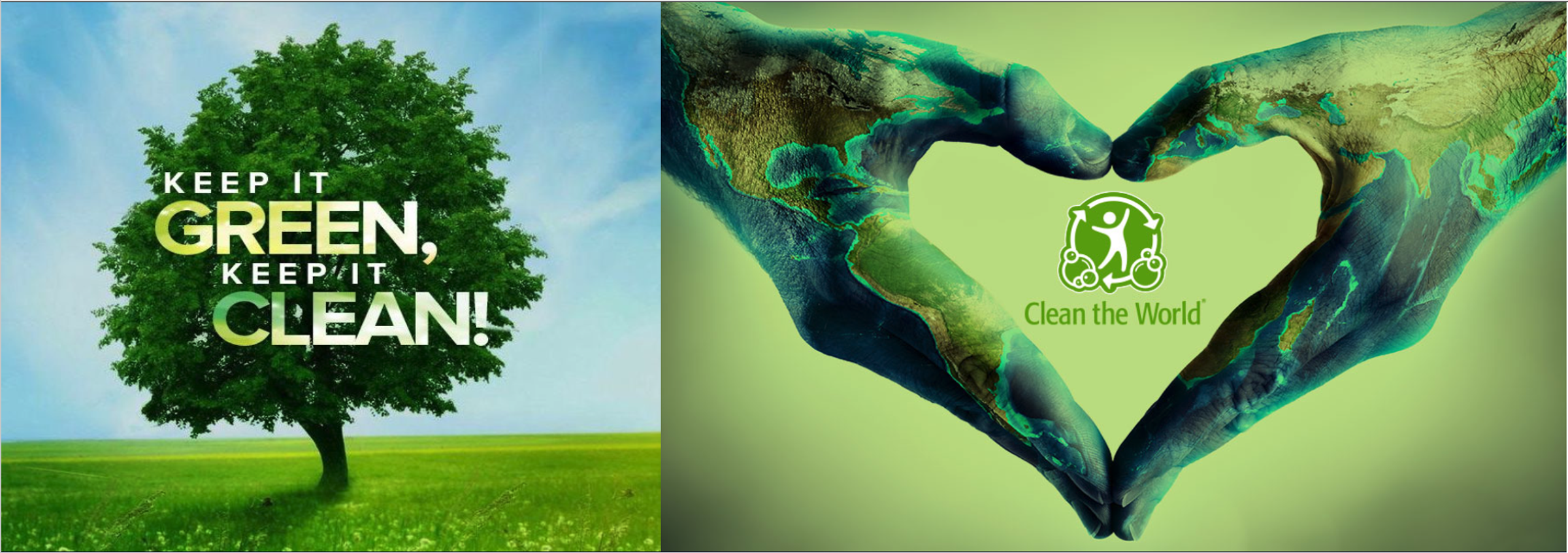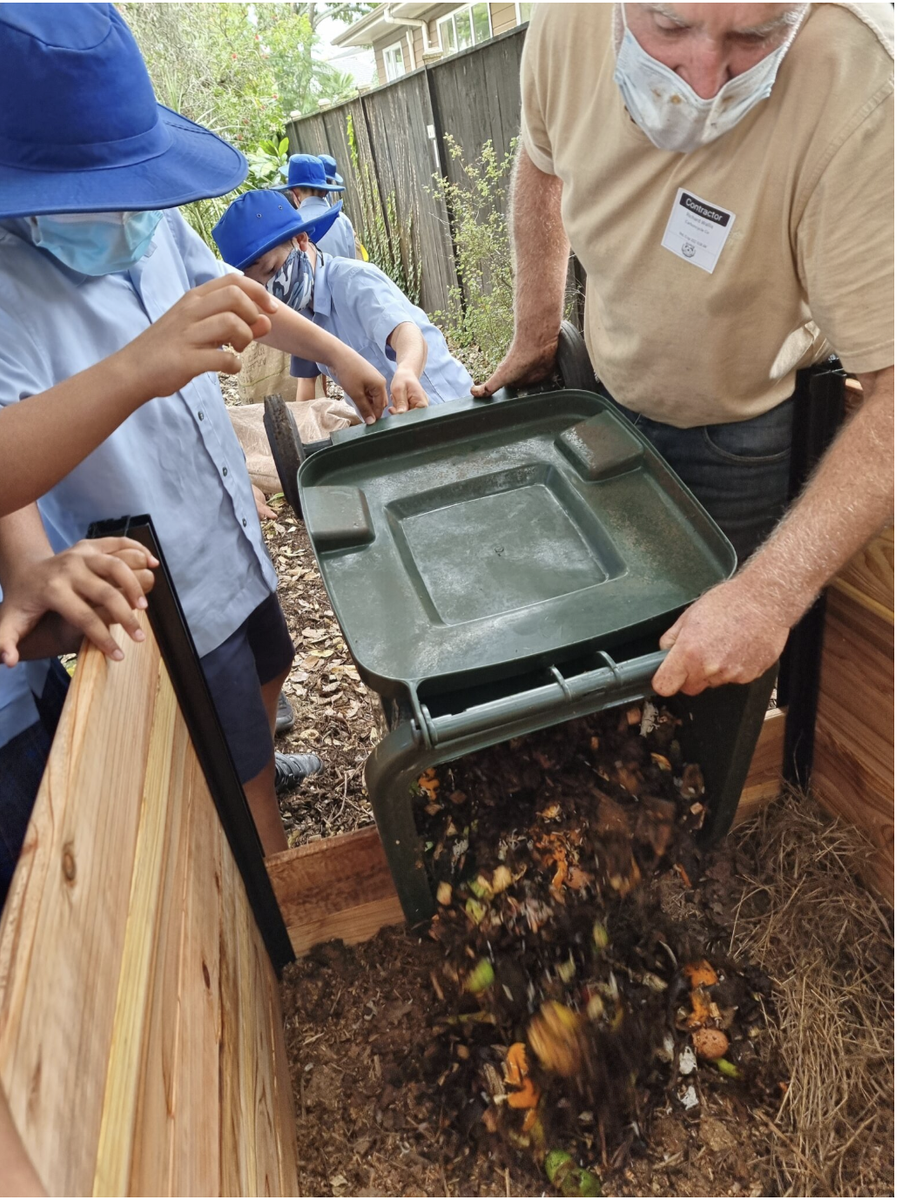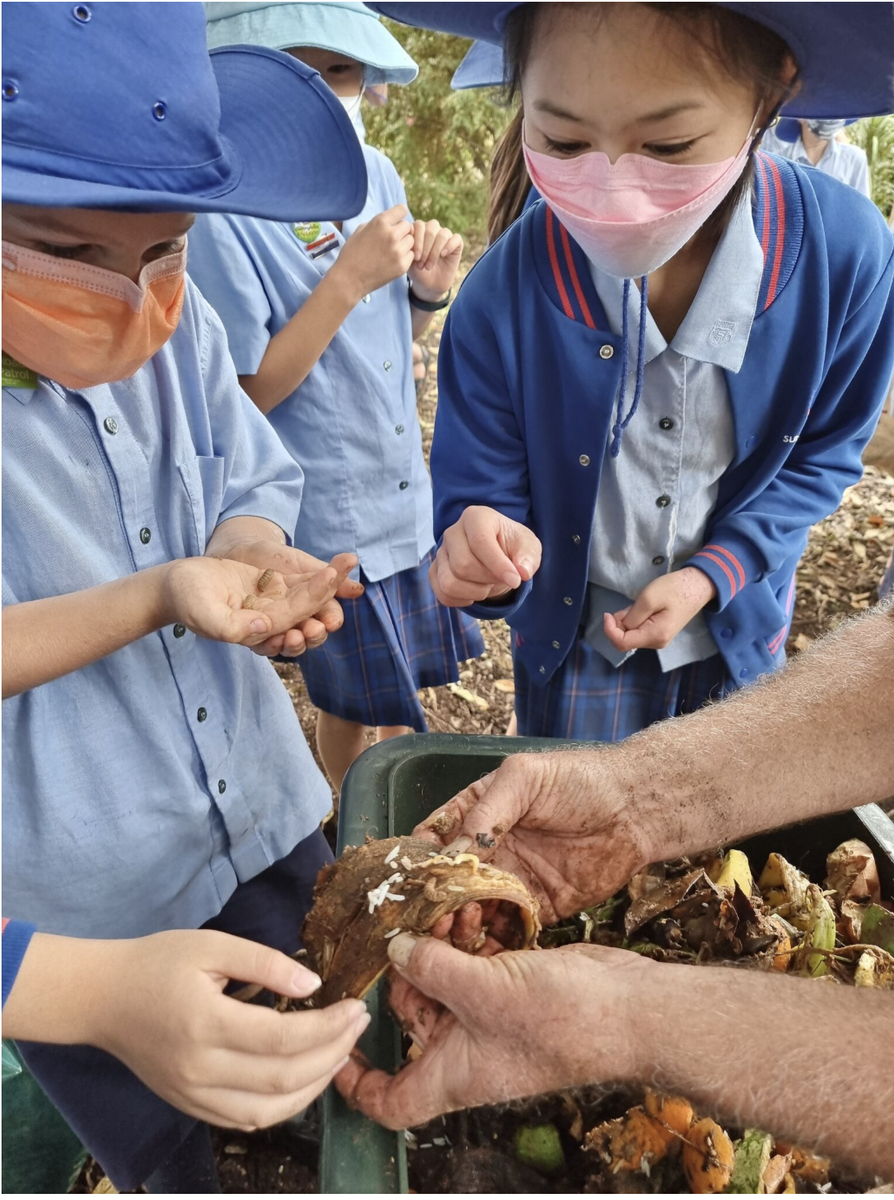The Green Page:

How Hot Compost Can Cool The Planet:
Richard is Chairman at The CarbonCycle Company Limited and is passionate about promoting sustainability in New Zealand schools.
This is a topic I am very interested in and a project I have wanted to introduce to Western Heights for some time. Some years ago, I visited Lannikai School in Hawaii and spent time with them investigating their hot composting of the leftovers and by-products from their school lunch programme. I am hopeful we will have a scheme of our own in place next year, though we will need to arrange some funding and sponsorship to make it happen.
*Lannikai School is now Ka'Ōhau School. See below for more on their Hot Composting.
Here's a great article on the topic by Richard Wallis.
Nine-year-old Nico successfully persuaded Unilever to remove plastic scoops from its Surf washing powder, thereby eliminating 15 tonnes of plastic from the system.
He now seeks the help of the Minister of Education to install compost bins in every school, enabling students to recycle nutrients into the soil, grow healthier vegetables, harvest, cook, and share fresh food, and learn about the importance of compost.
It’s an idea that worth thinking about, particularly as it is becoming increasingly apparent that the world is in a persistent cycle of drought, floods, deforestation, soil erosion, land degradation, heat waves, heat domes, soaring temperatures, disruption of precipitation patterns, extreme weather events, forest fires, crop failures, and alarming food shortages.
New Zealand is not exempt from this crisis.
The cost of fruit and vegetables, essential for a healthy diet, has increased by 17% year on year over the last three years and shows no signs of abating. Food is becoming unaffordable. It is driving communities into hunger and poverty.
From a purely pragmatic point of view it makes some sense that we teach children in schools across the board the “hands on” skills of gathering organic residues available in every community (otherwise referred to as food and green “waste”) to make high quality compost with which to grow significant volumes of fruit and vegetables for local consumption.
Food produced by means of conventional agriculture using synthetic fertilisers and biocides accounts for somewhere between 25% and 35% of anthropogenic GHG emissions. It is reputed to diminish soil biology and destroy porous soil carbon structure, resulting in compaction, which is the chief cause of the land degradation crisis referred to above.
Urban food growing, utilising compost and soil biology for fertility, progressively draws down CO2 and builds a porous soil carbon structure. This differs from the compacted surfaces associated with conventional agriculture, which absorb, store, and cycle water for more resilient photosynthesis.
Scientists are now beginning to realise that these contrasting land uses have significant implications for global warming: vegetation that grows in a way that generates porous soil carbon structure and absorbs water has the capacity for cooling transpiration and in turn generates precipitation, whereas compacted or bare soil will have a heating drying effect and the difference is all down to compost and soil biology.
If that’s right, it leads to the conclusion that the temperature-regulating function of trees and forests, or any respiring vegetative cover for that matter, is their primary benefit, with carbon storage being a secondary consideration —a co-benefit. This is a modification of the current carbon-centric model.
Students at schools with composting facilities will become familiar with composting and growing food/trees, and will understand the process of building a porous soil carbon structure to generate transpiring cooling landscapes. They will also be able to measure the temperature effect for themselves.
These are the issues young people have inherited and will have to grapple with. Nico’s proposal will equip them to make informed decisions about how to shape good outcomes.
* Ka'ōhao School utilises a composting method called the "Kaʻōhao Protocol," which involves building large, static aerated piles on a mulch base to process food waste, paper, cardboard, and green waste on their website. This process, a form of hot composting, is part of the school's broader effort to reduce waste and create valuable soil amendments. The school also employs vermicomposting and bokashi fermentation, further enhancing their waste reduction and resource recovery program.
Here's a more detailed look at the process:
Hot Composting:
The school utilises static aerated piles, which are built on a 12-inch pad of mulch according to zerowasteschoolhui.org. This method involves layering high-carbon and high-nitrogen materials, keeping the pile moist, and turning it regularly to maintain high temperatures (110-160°F).
Waste Diversion:
Ka'ōhao School excels in waste reduction, diverting materials like cafeteria food waste, paper, cardboard, and green waste from landfills.
Resource Recovery:
The hot composting process transforms this waste into usable compost, which can then be used to enrich school gardens and potentially be made available to the public.
Other Technologies:
In addition to hot composting, Ka'ōhao School also uses vermicomposting and bokashi fermentation to process organic waste.


